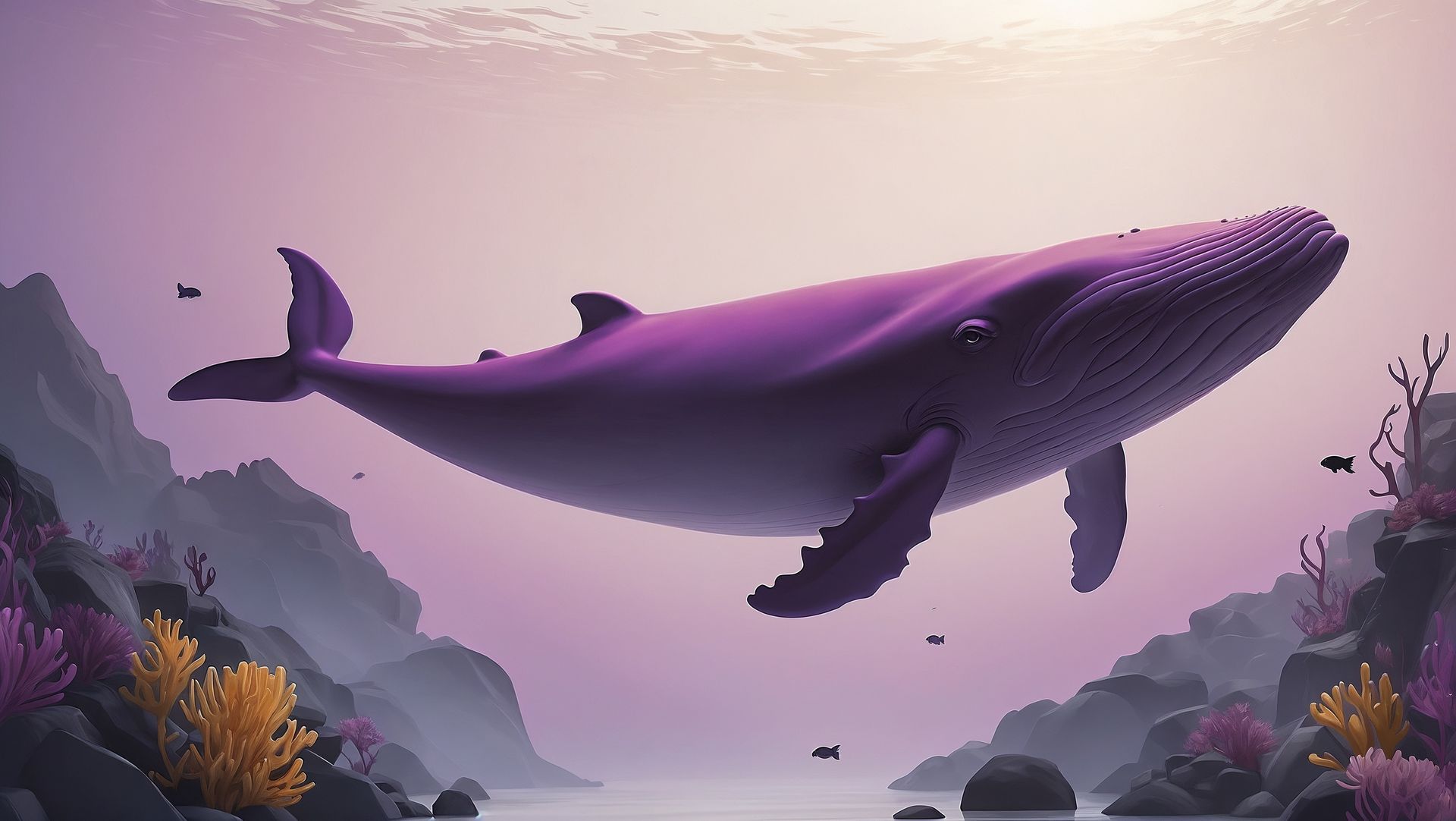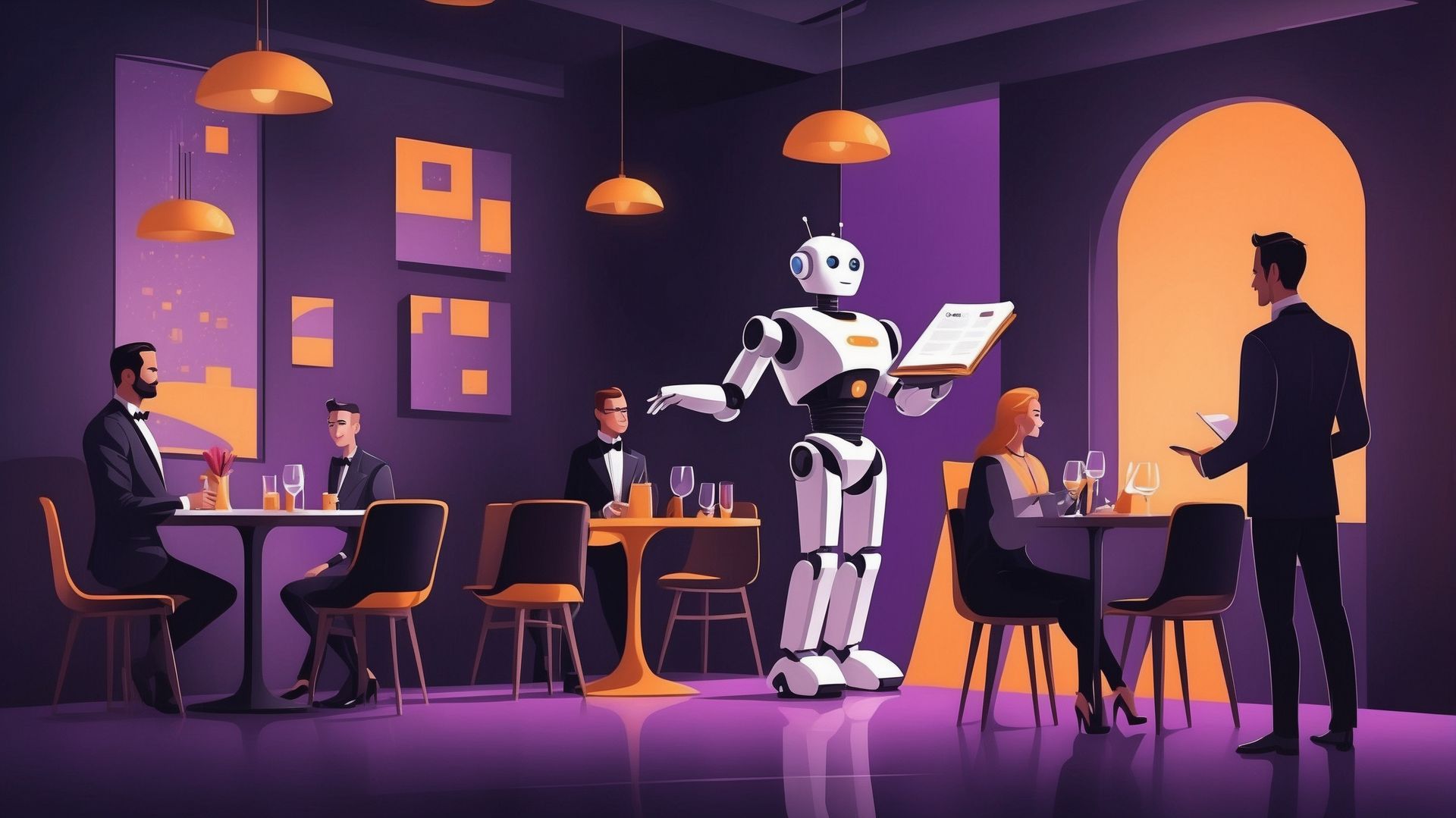Data Science vs Data Analytics
Decoding the Differences and Determining Their Applications
Two disciplines stand out for their ability to transform business intelligence: Data Analytics and Data Science. Although they are often used interchangeably, they encompass distinct processes, tools, and objectives that cater to different needs. Understanding these differences can empower organizations to deploy the right strategies for optimal outcomes.
What is Data Analytics?
Data Analytics primarily focuses on making sense of past data. Through various statistical techniques, it interprets historical data to uncover trends, measure performance, and provide actionable insights. The goal is to answer specific questions: What happened? Why did it happen? What can we learn from it?
Key Features of Data Analytics:
- Descriptive and Diagnostic: It looks at past performance to explain what happened and why.
- Tools Used: Statistical software, SQL for database management, Excel, and BI tools like Tableau or PowerBI.
- Best For: Industries and tasks where quick, actionable insights based on historical data are required.
What is Data Science?
Data Science is broader and more complex, encompassing part of data analytics but extending beyond to include advanced algorithms, machine learning, and predictive modeling. It not only seeks to explain or analyze past data but also to predict future outcomes using that data. Data Science is concerned with asking what will happen in the future and how we can shape those future outcomes.
Key Features of Data Science:
- Predictive and Prescriptive: It focuses on forecasting future events and suggesting actions to achieve desired outcomes.
- Tools Used: Python, R, Spark, and machine learning frameworks such as TensorFlow or PyTorch.
- Best For: Fields and taks that require innovation and predictive insights.
Choosing Between Data Analytics and Data Science
The choice between data analytics and data science should be dictated by your business needs:
- If you need operational insights that can be acted on quickly or regulatory compliance, data analytics is the way to go.
- If you are looking to build capabilities that predict consumer behavior, automate processes, or innovate product offerings, data science will serve you better.
Conclusion
Data Analytics and Data Science are two sides of the same coin. While both are indispensable in a data-driven business environment, their applications differ significantly. By understanding the capabilities and tools associated with each, businesses can better align their data strategy with their overall business objectives, ensuring they not only keep pace with their competitors but potentially outpace them.



